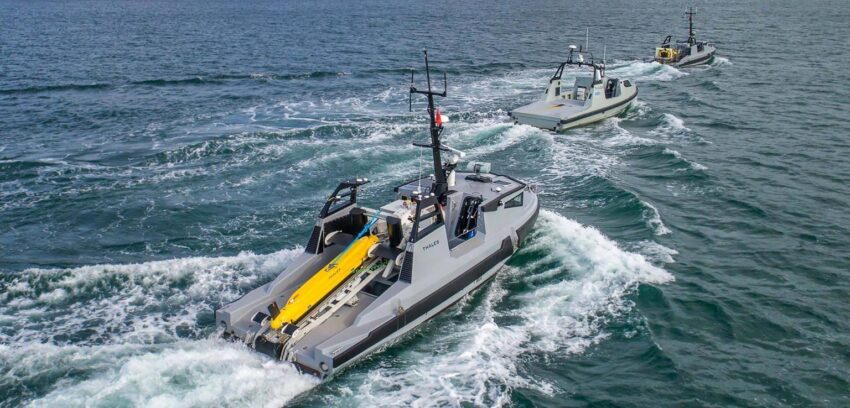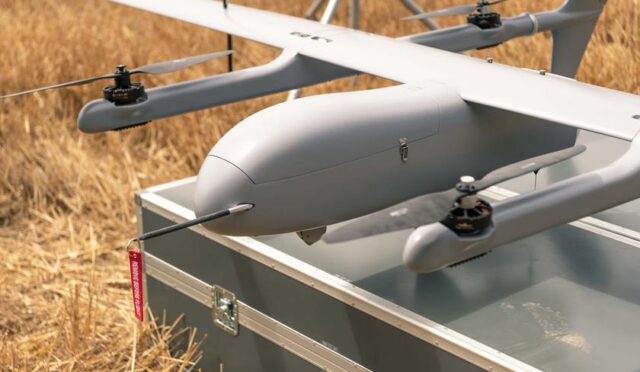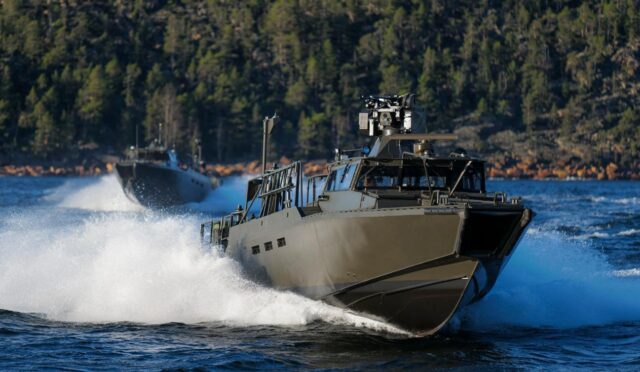Revolutionary Minehunting System Delivered to Royal Navy
The Royal Navy has officially welcomed the first of four state-of-the-art autonomous minehunting systems, known as RNMB “Ariadne.” This unmanned surface vessel, measuring 12 meters (39 feet) in length, is equipped with advanced artificial intelligence that allows for automatic target recognition. Designed for both autonomous operation and remote control, the Ariadne aims to significantly enhance minehunting capabilities while ensuring crew safety during hazardous missions.
This innovative system is part of a cutting-edge suite that constitutes the world’s first complete autonomous minehunting capability. Beyond the Ariadne, the system incorporates advanced towed sonar, multi-vision sonar, a remotely operated vehicle, and a lightweight operations center, all of which work in concert to improve the effectiveness of naval mine countermeasures.
Training and Deployment Ahead for Royal Navy Personnel
Following the delivery of the Ariadne, Royal Navy personnel will undergo rigorous training to familiarize themselves with the new mine countermeasures system. Once trained, they will conduct extensive evaluations of the system before it is deployed on active duty, ensuring its readiness for real-world scenarios. The remaining three autonomous systems are scheduled for delivery throughout 2025, continuing the Royal Navy’s investment in modernizing its fleet.
This initiative exemplifies the Royal Navy’s commitment to integrating advanced technologies into its operations, with an emphasis on enhancing both efficiency and safety in mine clearance missions.
Thales UK Hails Major Advancement in Naval Defense
Phil Siveter, CEO of Thales UK, expressed pride in delivering this pioneering autonomous minehunting technology, highlighting its significance in the naval defense sector. He stated, “With the introduction of AI and advanced sensor technology, this innovation marks a new era in naval defense and emphasizes our unwavering commitment to providing cutting-edge solutions that enhance the capabilities of our armed forces.” This sentiment underscores the transformative potential of modern technology in military operations.
The deployment of such advanced systems signals a crucial shift in how naval forces approach mine warfare, ensuring that safety and efficiency are prioritized in high-risk environments.
Embracing Maritime Autonomous Systems
Jonathan Reed-Beviere, Mine Countermeasures Program Director for the Royal Navy’s Mine Hunting Capability Programme, remarked on the importance of this development for the future of naval operations. He noted that this achievement is pivotal for the Royal Navy’s strategy to integrate Maritime Autonomous Systems into its operational framework.
Reed-Beviere referred specifically to the Mine Hunting Capability (MHC) Programme, which envisions a gradual transition from traditional mine countermeasures vessels to more advanced autonomous maritime systems. Such progress indicates a strategic shift towards modernization within the Royal Navy.
A Collaborative Initiative between the UK and France
The MHC is part of a collaborative effort known as the UK-France Maritime Mine Counter Measures (MMCM) initiative, which is facilitated by the Organisation for Joint Armament Co-operation (OCCAR). Led by Thales UK and Thales France, this initiative seeks to enhance the mine countermeasures capabilities of both nations’ navies through the development of innovative technologies.
Under a substantial contract worth 430 million euros ($469 million), the initiative is expected to deliver four autonomous mine countermeasures systems to each navy. The UK’s investment of 184 million pounds ($238 million) has resulted in the creation of over 200 jobs, supporting the domestic production of these advanced systems across multiple sites within the country.
Expanding Capabilities Beyond the UK
In addition to the UK, France has also seen advancements under the MMCM program, recently receiving its first mine warfare surface drone in January 2025. This drone is part of France’s Système de Lutte Anti-Mines Futur (SLAMF) project, marking a significant step forward in enhancing its maritime mine countermeasures capabilities.
These developments not only strengthen the individual naval forces but also promote greater cooperation and interoperability between the UK and France in addressing common maritime security challenges.







